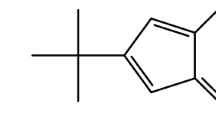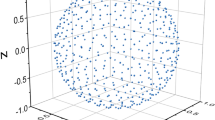Abstract.
A relatively new branch of computational biology has been emerging as an effort to supplement traditional techniques of large scale search in drug design by structure-based methods, in order to improve efficiency and guarantee completeness. This paper studies the geometric structure of cyclic molecules, in particular the enumeration of all possible conformations, which is crucial in finding the energetically favorable geometries, and the identification of all degenerate conformations. Recent advances in computational algebra are exploited, including distance geometry, sparse polynomial theory, and matrix methods for numerically solving nonlinear multivariate polynomial systems. Moreover, we propose a complete array of computer algebra and symbolic computational geometry methods for modeling the rigidity constraints, formulating the problems in algebraic terms and, lastly, visualizing the computed conformations. The use of computer algebra systems and of public domain software is illustrated, in addition to more specialized programs developed by the authors, which are also freely available. Throughout our discussion, we show the relevance of successful paradigms and algorithms from geometry and robot kinematics to computational biology.
Similar content being viewed by others
Author information
Authors and Affiliations
Additional information
Received June 30, 1997; revised March 15, 1998.
Rights and permissions
About this article
Cite this article
Emiris, I., Mourrain, B. Computer Algebra Methods for Studying and Computing Molecular Conformations . Algorithmica 25, 372–402 (1999). https://doi.org/10.1007/PL00008283
Issue Date:
DOI: https://doi.org/10.1007/PL00008283




